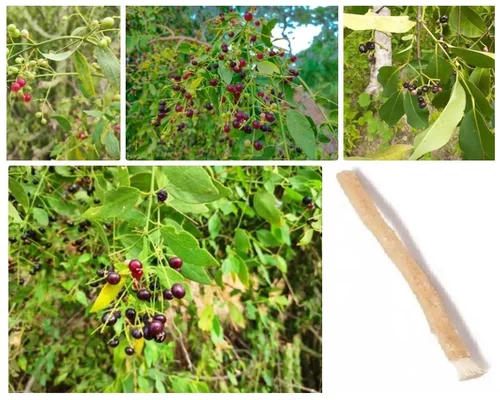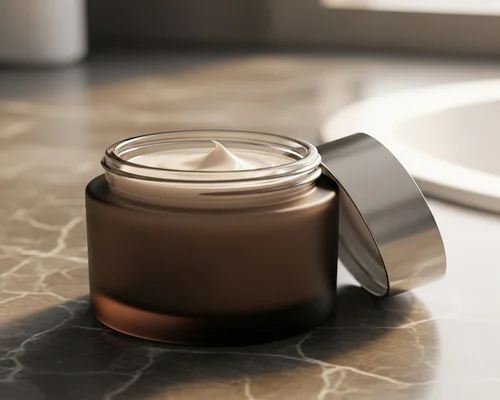
Rules for using home remedies or miswak made from Pilu tree
Rules for using home remedies or miswak made from Pilu tree
Pilu tree (scientific name: Salvadora persica) is known as a medicinal tree, especially miswak (toothpick) made from its branches has been used in Islamic culture for many years.
Rules for using home remedies or miswak made from pilu tree
Pilu tree (Salvadora persica) has been used for dental care and home treatment of various diseases since ancient times. Miswak and other parts of pilu tree are not only effective in dental care, but also a natural resource for various body problems. Regular use keeps teeth white and disease-free.
Below are some effective home remedies and the correct rules for using miswak with pilu tree:
Rules for using miswak (roots/branches of pilu tree)
How to use:
First, cut a thin branch/root 5-6 inches long (fresh is better)
Remove 1 inch of bark from one end
Chew the peeled part and grate it
Then rub it up and down and between the teeth
Finally, rinse your mouth with clean water
How often to use:
2-3 times a day, especially after waking up and before going to bed at night
Caution:
Wash the branch after use and keep it dry
Use a new miswak 2-3 times a week
Do not rub too hard, otherwise it may damage the gums
Home remedies with pilu tree:
1. Toothache and gum infection
Ingredients:
Pilu tree bark (dried) – 1 teaspoon
Salt – a little
Hot water – half a cup
Use:
– Gargle with these three twice a day
– Gives quick relief when gums are swollen or painful
2. Colds and sore throat
Ingredients:
Pilu leaf juice – 1 teaspoon
Honey – 1 teaspoon
Use:
– Can be taken on an empty stomach in the morning and at night
– Beneficial for cold-related cough and sore throat
3. Digestive problems and worms
Ingredients:
Pilu tree dried fruit – 1 teaspoon (powdered)
Lightly warm water – 1 cup
Use:
– Drink on an empty stomach in the morning
– Beneficial for worms, gas, indigestion
4. Skin diseases (ringworm / itching)
Ingredients:
Paste of pilu leaves
Coconut oil – 1 teaspoon
Use:
– Mix and apply to the affected area 2 times a day
– Works as an antifungal
Caution:
Do not use without medical advice in pregnant women or children
Avoid eating in excess
Uses of pilu tree:
1. For dental care (as miswak)
The roots or stems of pilu tree are used as miswak
It contains:
Fluoride – helps prevent tooth decay
Antibacterial ingredients – eliminates bad breath
Tannins, saponins – strengthens the gums
2. Medicinal uses
For arthritis pain and colds and coughs: The juice of the leaves and bark of the tree is used
Stomach problems: The fruit and roots act as a mild laxative
Deworming: The root extract kills worms
3. Fruit as food
Ripe fruit is slightly sweet and tangy
Locally eaten raw or dried
Also used as food for cows, goats
4. In Ayurvedic and Unani medicine
Used for dental problems, sinus, colds, digestive problems, skin diseases
5. As a natural pesticide
Leaf extract can be used as a pesticide in agricultural fields
Caution:
Pregnant women should consult a doctor if they are using Pilu tree medicine
Consumption of roots or extract in large quantities can cause diarrhea
In summary:
Pilu tree is a versatile medicinal plant for natural dental care, digestion, colds and coughs and stomach ailments. It is not only a part of Islamic tradition, but its ingredients have also been proven to be effective in modern science.


























